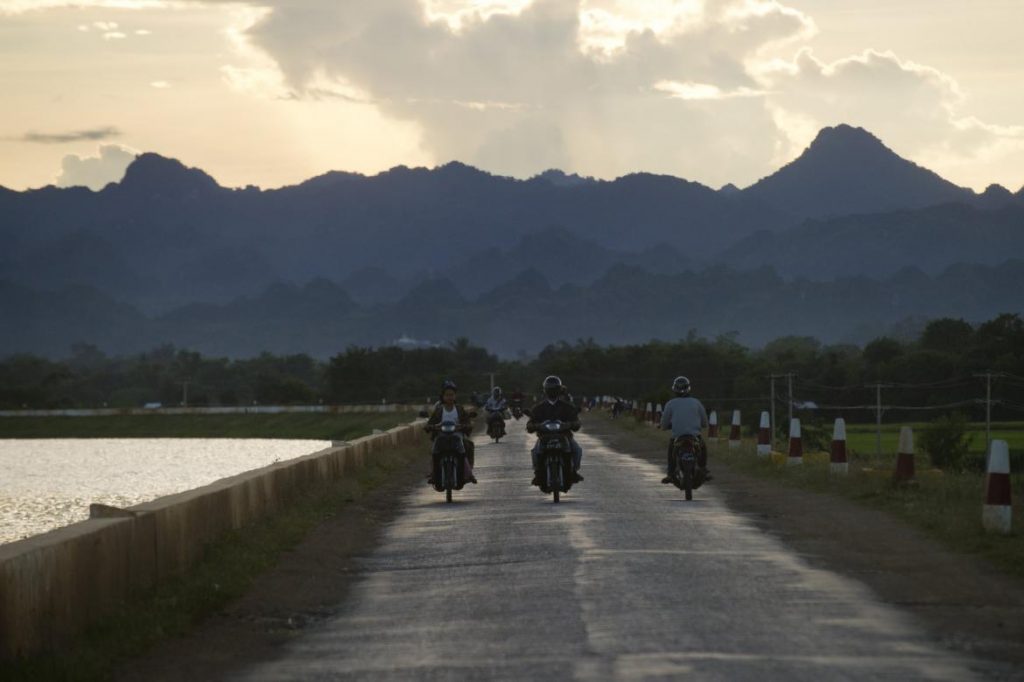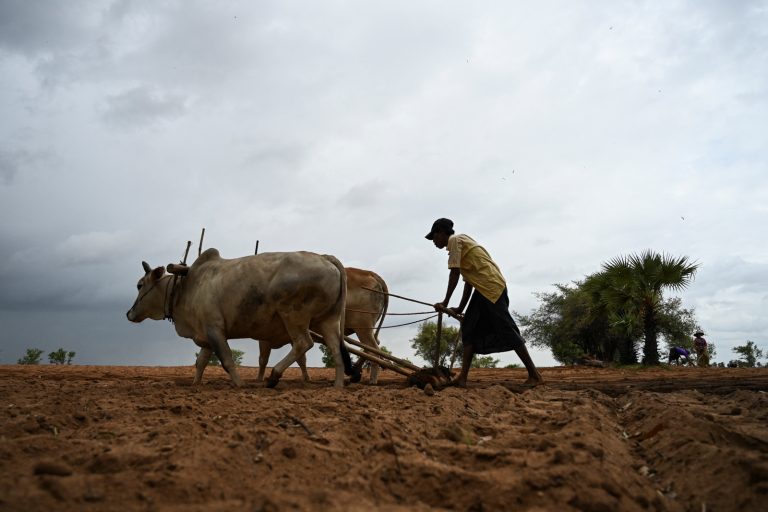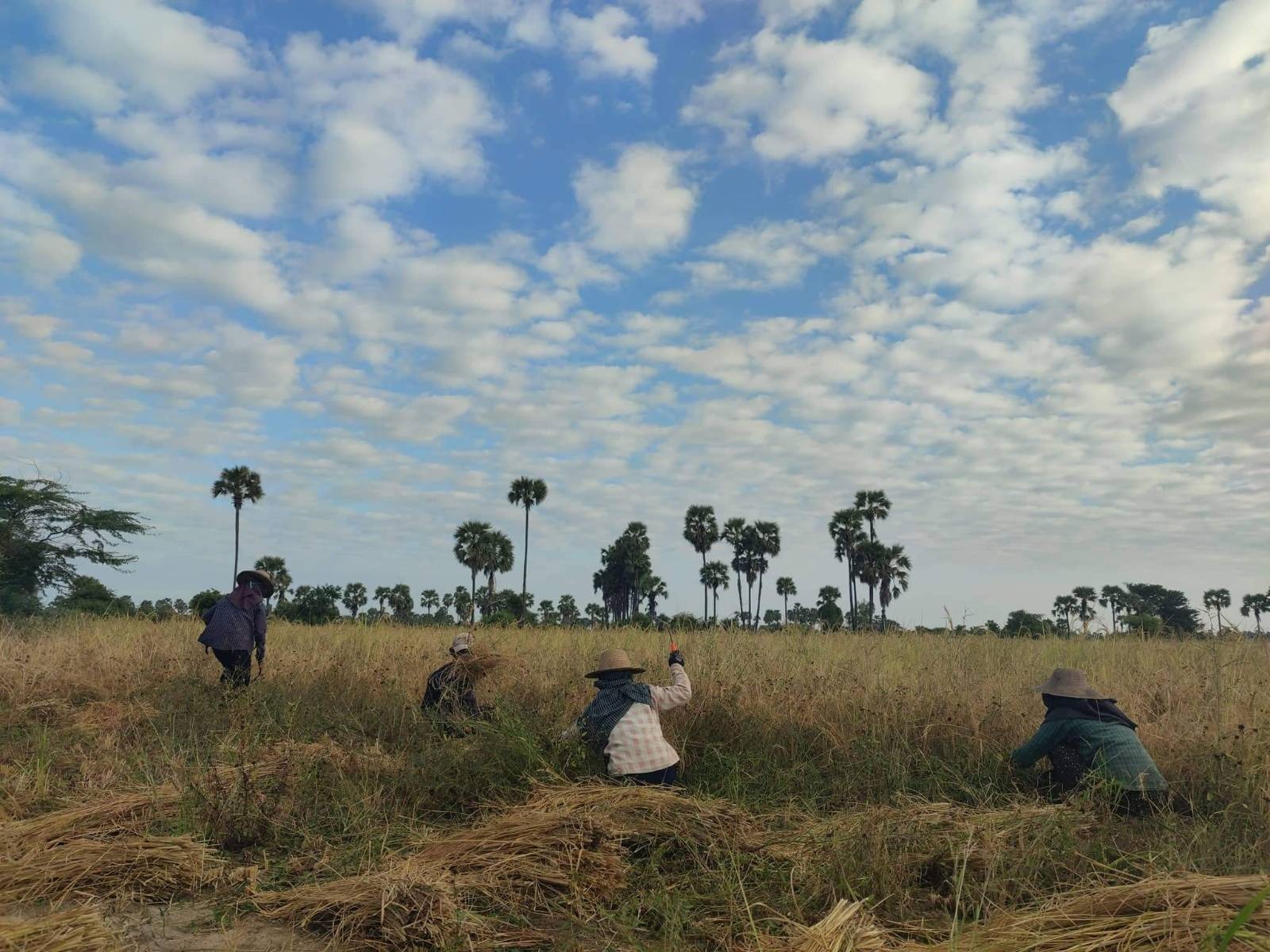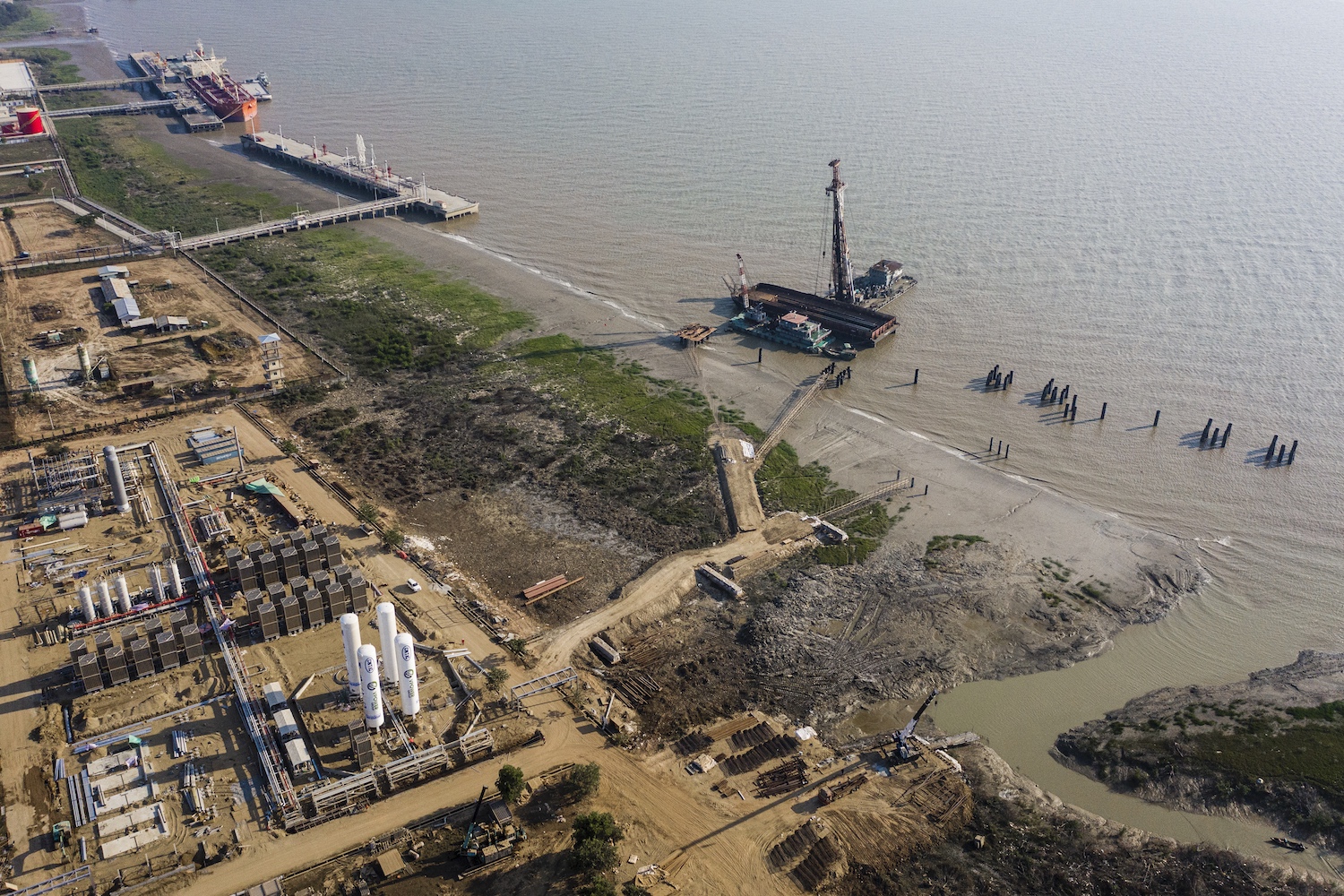Myanmar is considering changes to a long-term electric power strategy that would see greater reliance on hydropower and less on coal-fired plants, officials have told Reuters newsagency.
The review of the strategy comes as the government tries to attract foreign investment to boost energy production.
The increase is needed to support economic development and to sustain an economic growth rate of about 8 percent, among the world’s highest.
The plan, shown to Reuters by officials at the Ministry of Electricity and Energy, had originally provided for coal’s share in the energy mix to rise from 3 percent to 33 percent by 2030 and for the contribution from hydropower to fall from 63 percent to 38 percent.
The re-evaluation of the plan reflects a reluctance by investors to back coal-fired plants because of environmental concerns.
Support more independent journalism like this. Sign up to be a Frontier member.
“Hopefully hydropower will be the majority in the new plan,” U Aung Ko Ko, director of the hydro and renewable energy planning branch at the ministry, told Reuters. He estimated its share at 50-55 percent by the 2030-31 fiscal year, and said imports of liquid natural gas could make up for some of the reduction in using coal to generate power.
Energy and Electricity is among nine key ministries, including Industry and Natural Resources and Environmental Conservation, which are coordinating on a master plan for energy strategy that is due for completion by the end of September.
The process has included a review of 49 hydropower projects approved by the previous government, of which 31 include Chinese investment and involve 11 Chinese companies. The companies include state-owned CPI Yunnan International Power Investment Co that is behind the suspended US$3.6 billion Myitsone dam project.
A resolution of the impasse over the dam could help to make more Chinese funds available for energy projects, a senior official at the ministry’s Department of Hydropower Implementation told Reuters.
“In my opinion, the developers of these projects [on the list] cannot get loans from Chinese banks because of the problems with Myitsone,” he said.
The list also includes five government projects that have been delayed because of a lack of funding and seven being built by Myanmar companies. The remainder would need to be financed through cooperation with foreign investors.
The government may open fresh tenders for some of the stalled hydropower projects and seek loans from international financial institutions, the official said.
He said the World Bank and the Asian Development Bank were among the international lenders interested in supporting electricity and energy projects. However, the private-sector lending arm of the World Bank, the International Finance Corporation, has expressed reluctance over funding coal projects because of environmental concerns.
Power consumption in Myanmar is one of the lowest in the world. Per capita use averaged 164 kilowatt hours in 2013 – the 11th lowest in the world, according to World Bank figures, and roughly equal to that of Sudan and Togo.
“We need investment from abroad,” he said, but added that investors in the sector currently face “so many risks, so many transactional challenges”.
“JICA [Japan International Cooperation Agency], IFC, World Bank and ADB have asked the government how to optimise and overcome these challenges,” Aung Ko Ko told Reuters.
“But the government is very new and they need time to optimise the power sector development,” he said.







